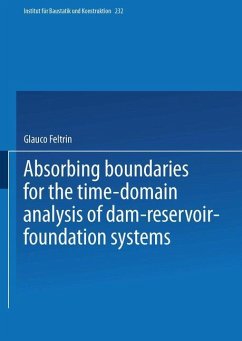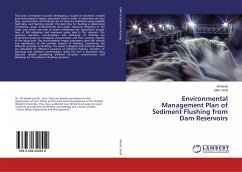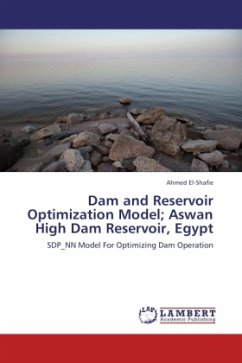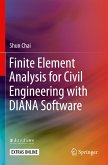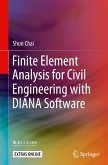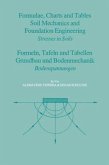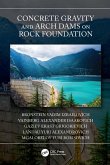This report deals with the modeling and analysis of the earthquake behavior of concrete gravity dams. This task becomes very challenging when the interaction with the reservoir and foundation has to be considered. In addition, a concrete gravity dam may get severely damaged by dynami cally propagating cracks when subjected to a severe earthquake ground motion. This strongly nonlinear behavior of dams impedes the application of state-of-the-art frequency-domain meth ods for the analysis because the Superposition principle is no longer valid. As a consequence, the model has to be formulated in the time domain complicating the analysis even more. In this report, which is based on a doctoral thesis, a new method is presented that permits to develop absorbing boundary conditions for the nonlinear time-domain analysis of concrete grav ity dams. These conditions are based on a approximation of dynamic stiffness matrices using series of orthogonal functions and advanced model reduction techniques of linear systems theory. The new absorbing boundary conditions are very accurate so that they are virtually equivalent to dynarnic stiffness matrices obtained by a rigorous solution of a far field. This allows to reduce the size of near fields dramatically and permits an accurate and numerically efficient nonlinear time domain analysis.
Hinweis: Dieser Artikel kann nur an eine deutsche Lieferadresse ausgeliefert werden.
Hinweis: Dieser Artikel kann nur an eine deutsche Lieferadresse ausgeliefert werden.

